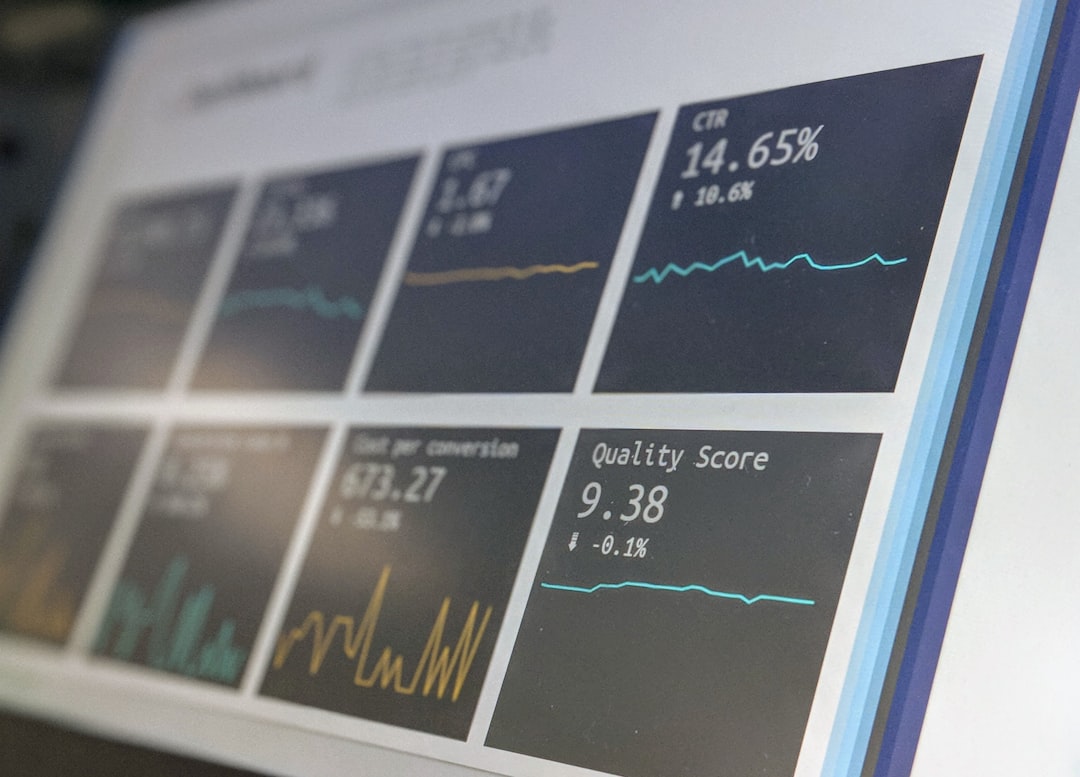
Understanding Inflation and Deflation: A Comprehensive Guide
## Introduction. Understanding the concepts of inflation and deflation is critical for anyone interested in economics, finance, or even just managing personal investments. These two phenomena impact everyone’s daily lives by affecting purchasing power, economic growth, and overall financial stability. This guide will explore the nature of inflation and deflation, their causes, their effects on the economy, and how they are measured. ## What is Inflation?. Inflation is defined as the persistent increase in the price level of goods and services in an economy over a period of time. When inflation rises, the purchasing power of currency decreases, which means that consumers can buy less with the same amount of money. This can be illustrated through the Consumer Price Index (CPI), which tracks the prices of a basket of consumer goods and services. Various factors contribute to inflation, including: 1. **Demand-Pull Inflation**: This occurs when the demand for goods and services exceeds their supply. As consumers spend more, businesses may struggle to keep up with production, driving prices higher. 2. **Cost-Push Inflation**: This happens when production costs increase, leading producers to pass those costs onto consumers through higher prices. Common causes include rising labor costs, increased commodities prices, or supply chain disruptions. 3. **Built-In Inflation**: Often linked to wage-price spirals, this occurs when businesses raise prices to accommodate for increased wages, which in turn requires a continuous increase in wages by workers to maintain their purchasing power. ## What is Deflation?. Deflation is the opposite of inflation; it refers to a decrease in the general price level of goods and services. Deflation can be harmful because it leads to increased unemployment, decreased production, and ultimately can trigger economic recessions. Here are the primary causes of deflation: 1. **Decrease in Demand**: When consumers and businesses curtail spending, it results in excess supply. Businesses respond to this surplus by cutting prices to stimulate sales, leading to a generalized decrease in prices. 2. **Increase in Supply**: Advances in technology, increased competition, or a drop in production costs can lead to an oversupply of goods. When supply consistently outpaces demand, prices are likely to drop, causing deflation. 3. **Tight Monetary Policy**: If central banks raise interest rates or withdraw liquidity from the economy, it can restrict the flow of money. This may lead to decreased consumer spending and borrowing, potentially resulting in deflationary pressures. ## Effects of Inflation on the Economy. Inflation can have several positive and negative effects on the economy: **Positive Effects**: - Moderate inflation is associated with economic growth. It can encourage consumers to spend money sooner rather than later, which stimulates production. - It can reduce the real burden of debt; as the value of money decreases, the real value of debt payments also declines. **Negative Effects**: - Hyperinflation can quickly erode purchasing power, causing significant economic turmoil. - It can disproportionately impact those on fixed incomes, such as retirees, as their purchasing power diminishes over time. ## Effects of Deflation on the Economy. Deflation, while less common than inflation, also brings distinct consequences: **Positive Effects**: - Lower prices may initially seem beneficial for consumers, allowing them to purchase more for less. **Negative Effects**: - Deflation can lead to a decrease in consumer spending as individuals delay purchases in anticipation of even lower prices. This can create a vicious cycle of declining demand and falling prices. - Increased real debt burdens: As prices drop, the real value of debt increases, leading to higher defaults and bankruptcies. ## Measuring Inflation and Deflation. Interestingly, inflation and deflation aren’t directly measured by simply gazing at prices in the marketplace. Economists employ several indices, including: - **Consumer Price Index (CPI)**: Tracks the average price changes over time for a basket of consumer goods and services. - **Producer Price Index (PPI)**: Measures price changes from the perspective of the seller, giving insight into price trends before they reach consumers. - **GDP Deflator**: Represents the change in prices of all goods and services produced in a country, providing a broad measure of inflation. ## Conclusion. In conclusion, understanding inflation and deflation is vital for navigating the economic landscape. These two forces shape monetary policy, investment strategies, and consumer behavior. By staying informed about inflationary trends and potential deflationary risks, individuals and businesses can make more educated financial decisions. Together, inflation and deflation form the backbone of economic theory and practice, influencing the trajectory of financial markets, government policies, and personal finance. Recognizing their intricacies can empower you to adapt and thrive in the ever-changing world of economics. .







